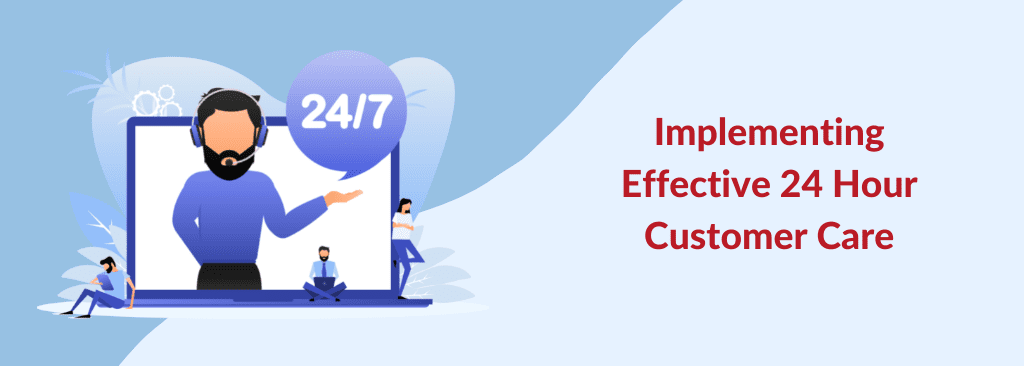How Do You Implement Effective 24-Hour Customer Care?
In one of my previous jobs, I worked as a pre-sales professional. Whenever I put together a proposal, I always used to include 24×7 customer care.
Every time I included that in the proposal, my manager, during the review, would change it to 16×5, stating that it would not be possible for us to provide 24×7 care. Besides, it wouldn’t make financial sense to operate 24×7 with our earnings.
The most important reason we couldn’t operate a 24×7 customer care was that we only provided customer care through the voice channel. Besides, customers did not expect a 24×7 service then, and it was only a nice-to-have, and the SLAs were structured around what was on offer.
Fast Track to Now…
With the number of smartphone subscriptions worldwide estimated at 6.5 billion, the way customers interact with customer service has changed forever. People are accessing customer service through the 24 hours that suit them.
So, it becomes imperative that businesses accommodate this shift in behavior and ensure that the customer service team is available whenever customers decide to make contact.
If this is the customers’ expectation, then brands don’t have a choice but to accommodate them. 58% of customers have admitted to severing a relationship with a brand if their customer service needs aren’t met. Businesses today are increasingly expected to have a proactive customer care offering rather than reactive.
Given this scenario, how do you optimally provide 24×7 customer care?
Implementing 24×7 Customer Care
The best part of today’s customers is that they don’t want to reach an agent for every query of theirs. They are perfectly fine to self-serve themselves with FAQs, information videos on the website, and talking to an automated and intelligent chatbot.
Considering this, the brands should break down their 24×7 strategy into small pieces.
Identify Frequently Asked Queries
Pull together all the transactional queries that the customers ask from your call recording and screen recording. Put the answers for those in the form of FAQs so that customers can directly access and resolve their queries.
Identify Transactional Queries
Identify transactional queries and ensure that they get answered by automated chatbots. The questions can be viewing your account balance, cheque clearance status, loan processing status, etc.
Identify Complicated Problems
See if you can do self-help videos for complicated configuration issues with your product. Customers will love it if you provide a step-by-step view of addressing the problem.
What Else Is Left?
This would address about 70% to 80% of the queries your customers are probably trying to get answers for. All of these channels can be made available 24×7 without staffing your customer service additionally.
The remaining 20% to 30% is where you would need intervention by your human agents. How do you address them?
This is where your workforce Engagement comes into play, which is a combination of workforce management (WFM) and workforce optimization (WFO). You look at the number of calls and the type of queries asked and plan to deploy your agents accordingly.
Workforce Engagement
With workforce engagement, you will know precisely the number of agents with the skill sets that you would need to address the customer service needs. Besides, you can have your agents work from home and work remotely while addressing queries.
This would ensure that customers are easily and actively serviced 24×7.
As customer expectations change and increase, it is essential to ensure that customer concerns are dealt with whenever they decide to make contact. This would act as a differentiator and significantly improve customer retention and lifetime value.
